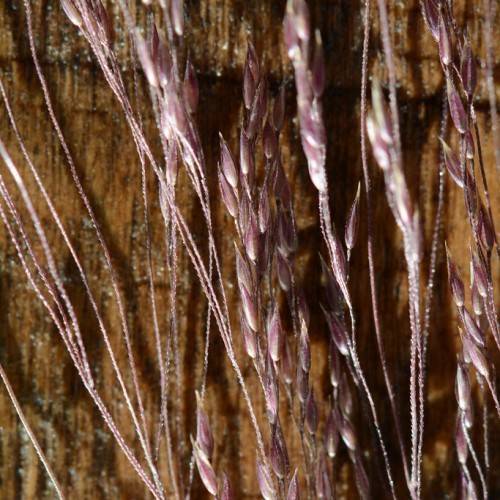
Idaho Bentgrass
Agrostis idahoensis
Watering:
Average
Hardiness Zone:
Flowers:
Flowers
Sun:
full sun
Leaf:
Yes
Growth Rate:
Low
Salt Tolerant:
Yes
Invasive:
Yes
watering
Spike Bentgrass should be watered deeply and infrequently. For best results, water it once or twice a week. The soil should be allowed to dry out between watering. During periods of hot weather, water slightly more often but with shorter, less-frequent waterings. To minimize disease, water in the morning. Avoid watering late in the day, which can cause the grass to stay wet overnight. When watering, make sure you do so deeply enough to reach the bottom of the root system.
sunlight
Spike Bentgrass (Agrostis exarata) requires about 8 to 10 hours of direct sunlight each day in order to thrive. Full sun is best but it can tolerate some shade throughout the day. For best results, place the plant in an area that receives full morning sunlight and some afternoon shade, such as a sunroom or patio. Overall, Spike Bentgrass is a very resilient species that thrives in a range of conditions when provided with the necessary sunlight.
pruning
Pruning Spike Bentgrass (Agrostis exarata) should be done late in the growing season, preferably in late summer after the seed heads have developed and started to decline. It's important to keep the growth of new shoots in check to maintain the desired shape of the plant and its overall health. Prune Spike Bentgrass by cutting stems back to half their height or no lower than 3 inches, but no more than every 3-4 weeks as the grass has a slow recovery.
